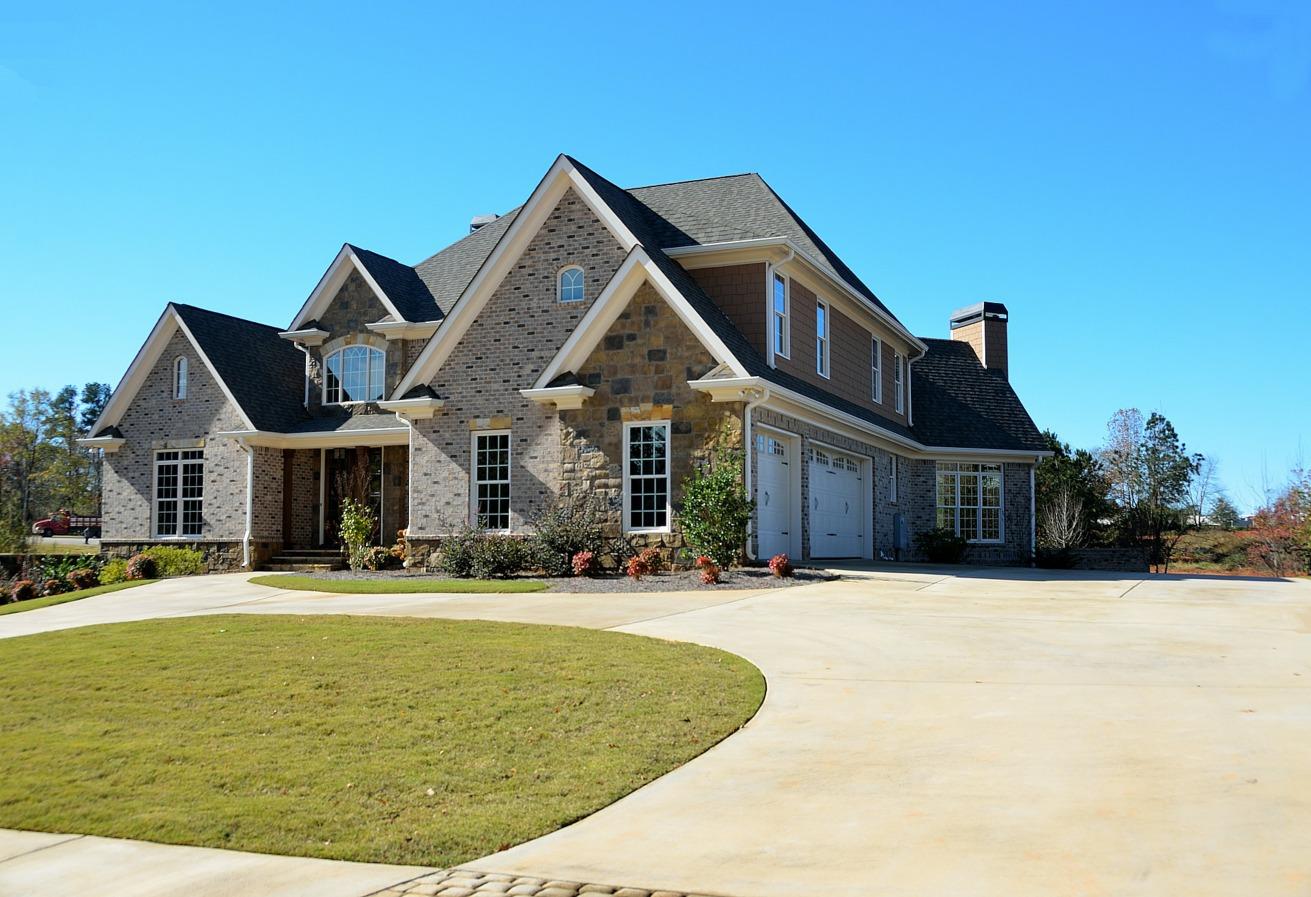
4 minute read
What To Know About Replacing Your Driveway
from DIGS 2024
by fernfriend
By Ryan R. Ennis
What To know About Replacing Your Driveway
WHAT DOES FERNDALE HAVE IN COMMON WITH OTHER CITIES LIKE ROYAL OAK AND HAZEL PARK?
One answer that might come to mind is that there has been over 75 years of residential construction in these communities. Because of decades of home building, the conditions of driveways can vary from house to house.
Some show their age with discoloration and big weeds poking through the cracks that have spread everywhere. Others may have been installed within the past few years, their surfaces still bright-white, yet the slabs are already uneven and starting to crumble.
FREQUENTLY, WHEN DRIVEWAYS FALL INTO A STATE OF DISREPAIR, it can be blamed on the weather. “With ice buildup and Michigan’s harsh winters, it can cause shifting of the concrete driveway,” says Aaron Davis, owner of Cement Lab Studio in Ferndale. “That’s why it’s important to have a properly installed driveway.”
Today’s technology has paved the way to improve techniques and materials for making driveways, helping to ensure they are a solid investment for homeowners. For example, “concrete has been strengthened to 4,000 PSI (pounds per square inch),” adds Davis. “When fiberglass mesh and steel rebar are added to the concrete, the strength can exceed 5,000 PSI,” meaning it can withstand the elements and hold up for years to come.
To increase a driveway’s longevity, Davis states that it’s also “important to have properly installed valleys” laid in place around the edges of the driveway. “The valleys help to direct downpours to some sort of green space” (such as the lawn or shrub bed), which can absorb the rainwater.
As their driveways deteriorate, some homeowners will pursue the route of getting them repaired. The preferred method is to cut out “the non-level sections and replace them individually with expansion joints and new release cuts,” Davis endorses.
HOWEVER, A BETTER OPTION MIGHT BE TO PUT IN AN ENTIRE DRIVEWAY. “The pros of replacing a driveway are that you not only get to pitch rainwater and runoff away from your home’s foundation and basement,” he continues, “it will also increase a home’s curb appeal and allows for customization.”
If homeowners are leaning toward having a new driveway poured, they should give serious consideration to enlisting a company with experience in creating eye-catching textures. “Decorative finishes on driveways can yield up to an 80 percent return for homeowners,” says Davis. The textured finishes come in an array of patterns for customers to choose from, each with their advantages and disadvantages.
Simple and affordable, a broom finish is produced by changing the direction of the broom lines between joints to show variation and make a slip-resistant surface. A drawback of this approach is that it can unintendedly trap dirt and debris.
A step up in design is a colored or stained driveway with a rock salt finish. With its slightly pitted and weathered surface, it reduces skidding or slipping. Because this finish is not well-known, some companies do not offer it.
One option growing in appeal is stamped concrete, which can be fashioned to look like cobblestones, flagstones, bricks, and other materials. Unlike broom and rock salt finishes, stamped concrete can become slippery when wet.
Another style rising in popularity is exposed aggregate (also known as washed or exposed concrete). To develop this type of finish, workers will uncover the aggregate — large stones or other materials such as gravel, crushed stone, quartzite — as they are blended in with the concrete. As the aggregate weathers, it will create a unique look and often improve a driveway’s durability.
“Exposed aggregate fits in well with older communities,” because of the variations in styles, recommends Davis, “whereas bright, white cement sometimes looks unpleasant.”
In recent years, Davis’ company has been offering other options to enhance a driveway’s features. One proposal is to combine the exposed aggregate with glow stones, which makes it visible at night but not during the day. Customers might favor this suggestion if the street or road on which their home sits is poorly lit at night.
Another proposal for illuminating the driveway is to mix in glitter, instead of glow stones, with the exposed aggregate. “It adds a special ambiance at night,” says Davis, “making it a Funky Ferndale favorite.”
Aaron Davis, of Cement Lab Studios, can be reached at 248-595-6555.












